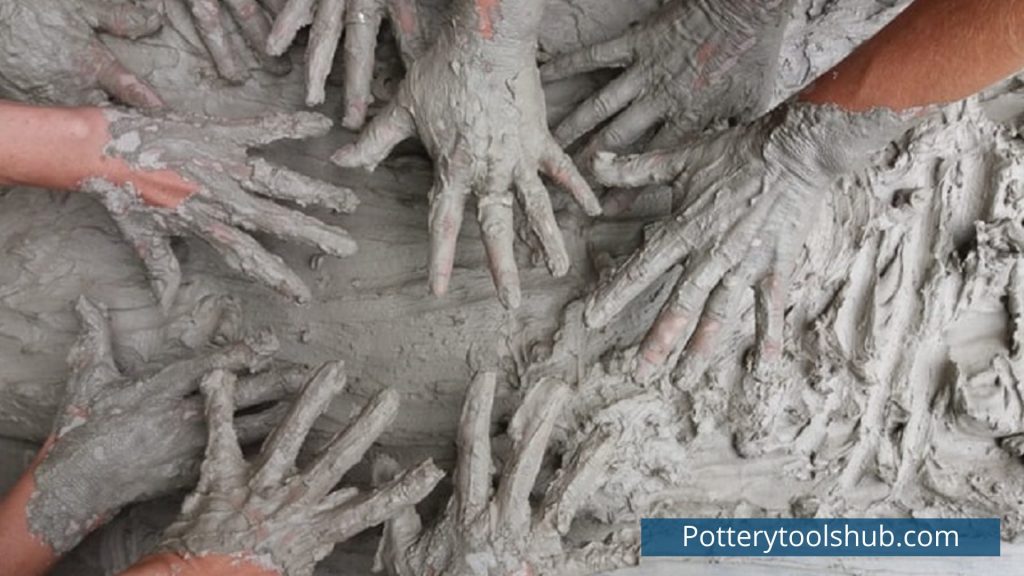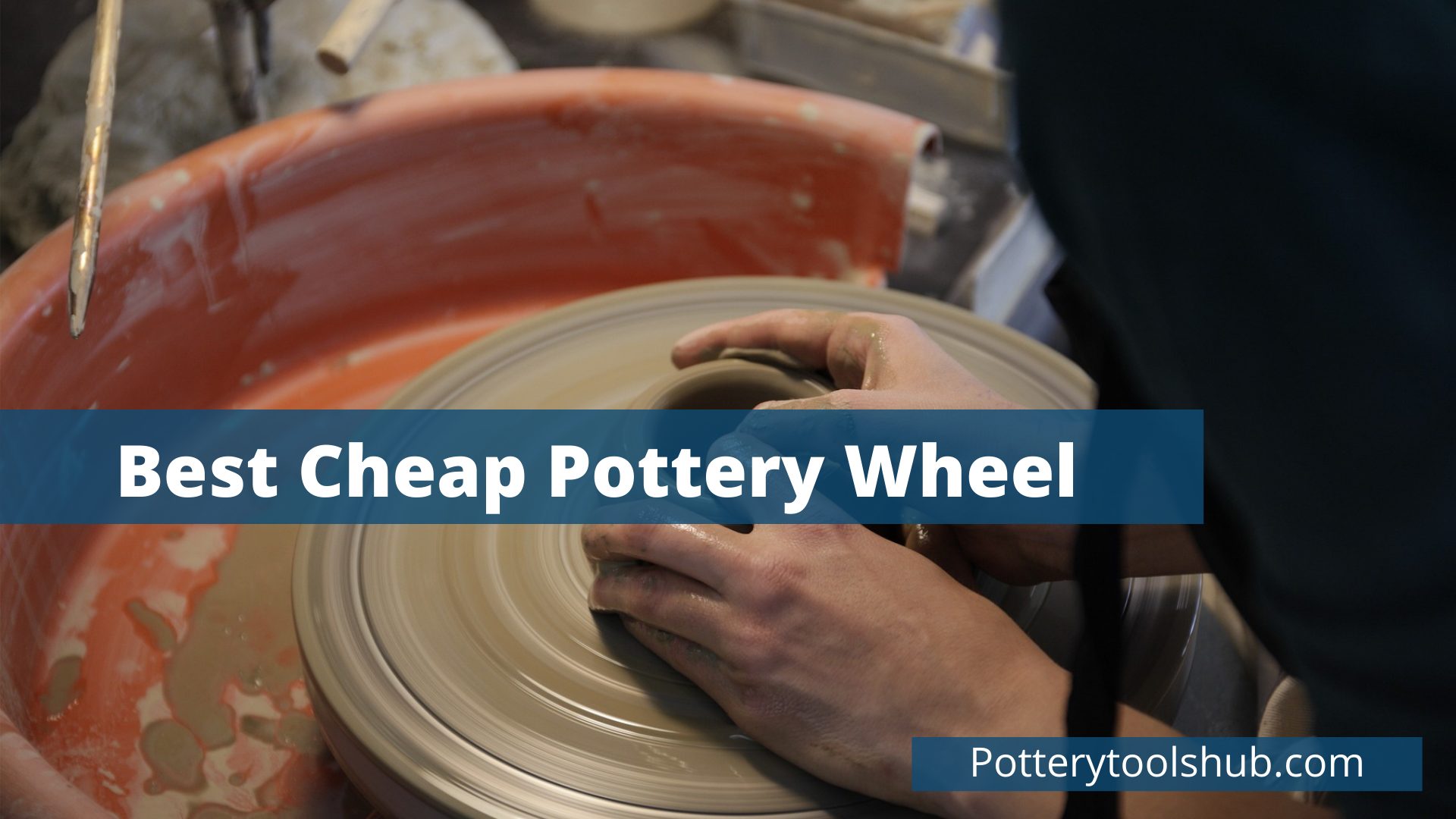The art of pottery and clay has been slowly making a comeback in recent years. It even has its own space in the TikTok community, the largest growing social media platform. The rising popularity naturally means that more and more people want to try their hands at pottery making.
The problem, though – especially considering the way COVID-19 is hindering people’s ability to join classes – is how to learn the basics. And of those basics, the question everyone asks; “Which materials should we use?”
This post is here to help with this puzzle, particularly to explain the types of clay. So why wait? Let’s start reading!
And if you’re interested in learning more about Pottery as a hobby as well, we recommend this article: Pottery as a Hobby: What to Expect and What are the Expenses?
Table Of Contents
A Little About Clay
What do you need to know about clay? We’re here to tell you there’s a lot. There are many types of clays, and before you choose one, you need to know what you want to do with it, what to look out for, and the kind of equipment you need.
Choosing the right clay is important, especially for beginners. Otherwise, the process of learning becomes much more tedious.
One last thing you need to know (about what comes after finishing working with the clay) is easily lined out for you in this article: How to Glaze Pottery at Home – A Short and Easy Guide
Things to Consider Before Looking for Clays for Pottery
The type of clay you end up using will depend on the type of pottery you may want to make. Some are great throwing clays, while others are more suited to hand building.
What will you be using your finished pieces for? Some clays are more porous than others even after firing; therefore, you could potentially waste clay and water (or whatever liquid), making unusable cups.
What about the finish you’re looking for? For example, low fire clays like earthenware won’t be glossy, even after firing.
The type of equipment you have should also factor in, as different clays behave differently. You’ll need three main types of equipment to make pottery:
- Processing tools
- Shaping tools
- Firing kilns
And finally, how comfortable are you with clay? Are you an experienced potter, or are you a beginner? We’ve got a list of resources for you alongside this article if you’re a beginner, so be sure to read to the end.
Additionally, if you’re looking to learn more about using a pottery wheel, this article will be of use: Simple Steps of Using a Pottery Wheel (And What Mistakes to Avoid)
Things to Consider About the different types of Clay for Pottery
As stated earlier, not all clays are the same. To make the process of deciding easier, here are some things to know when looking for clays.
Plasticity:
This refers to the malleability of the clay. The more plasticity a clay has, the easier it will be to shape it.
Additionally, it also indicates how well the clay holds that shape. If, after pinching the clay, it doesn’t return to its original shape, you can be sure that the clay has good plasticity.
Strength:
Strength should not be confused with plasticity, although plastic clay does have strength. It does not refer to how well the clay holds its shape but rather how well it holds its weight.
This is especially important when making larger pieces because you don’t want the clay to collapse while molding it.
Water Absorption:
As the name suggests, this measures how absorbent the clay is.
More absorbent clays are not the best option for beginners because they tend to be slower; they’ll find that the clay dries and will keep adding water to soften it. Eventually, the water will become too much, and the clay will become too soft and collapse.
Texture:
This refers to what’s called ‘grog’. Grog is essentially fired clay that has been ground and mixed into a new clay. It helps in strengthening and preventing cracks in the final product.
However, coarse grog is not recommended for throwing clay, as it tends to be harsh on the potter’s hands.
Temperature:
Different clays fire at different temperatures, typically measured with cone indicators ranging from 022-14. Knowing how high your kiln can fire will be crucial in deciding what clay to buy.
These are the main features of clay you need to consider before making a purchase. Now let’s look at the types of clay available.
Types of Clay for Pottery
There are three main types of clay:
1. Porcelain Clay for Pottery:
This type of clay is typically the best quality. Porcelain is known for being smooth to the touch and having a beautiful color and finish. It is also a stronger clay that, once fired, becomes non-porous and does not require a glaze.
However, porcelain is stubborn to work with. It’s slippery and tends to be difficult to mold. It can also shrink and crack more than others, in addition to being on the pricier side.
Porcelain clay is not recommended for beginner pottery makers, but if you’re an expert looking for a challenge, this is the clay for you.
2. Earthenware Clay for Pottery:
This is a much more pliable clay with excellent workability and a beautiful terracotta color. It’s especially great if you’re looking to make plant pots as it remains porous even after firing, which helps prevent waterlogging and root rot for potted plants.
The downside, though, is that earthenware clays tend to be easier to break. And because they’re porous, they need to be glazed to be waterproofed.
3. Stoneware Clay for Pottery:
Stoneware clays are the most recommended beginner clays. Experts further categorize them as high fire, high fire white, and midrange stoneware clays – the midrange ones being slightly more cost-effective.
These clays are an excellent choice for pottery as they have high plasticity and strength, with relatively low water absorption. In addition, they are very versatile and can be used for hand building, wheel throwing, and sculpting.
Plus, stoneware clays are non-porous after firing and durable, too!
In the end, you’d also want to know a bit about how to clean your pottery wheel, right? Here’s the relevant article: How to Clean A Pottery Wheel – A Short and Easy Guide
Pottery Tools Hub
Now you know what to look for when buying the clay and the types of clays available for pottery making. But alas! There’s more to pottery making than just the clay! That’s where Pottery Tools Hub comes in.
On Pottery Tools Hub, you can find a comprehensive list of pottery wheels recommendations for beginners to help you get started.
The Takeaway
The world of pottery making is vast and full of opportunities. To avail of these opportunities, you need the right materials and equipment. This article is here to guide you along in your pottery-making journey by helping you make the right choices in materials.









